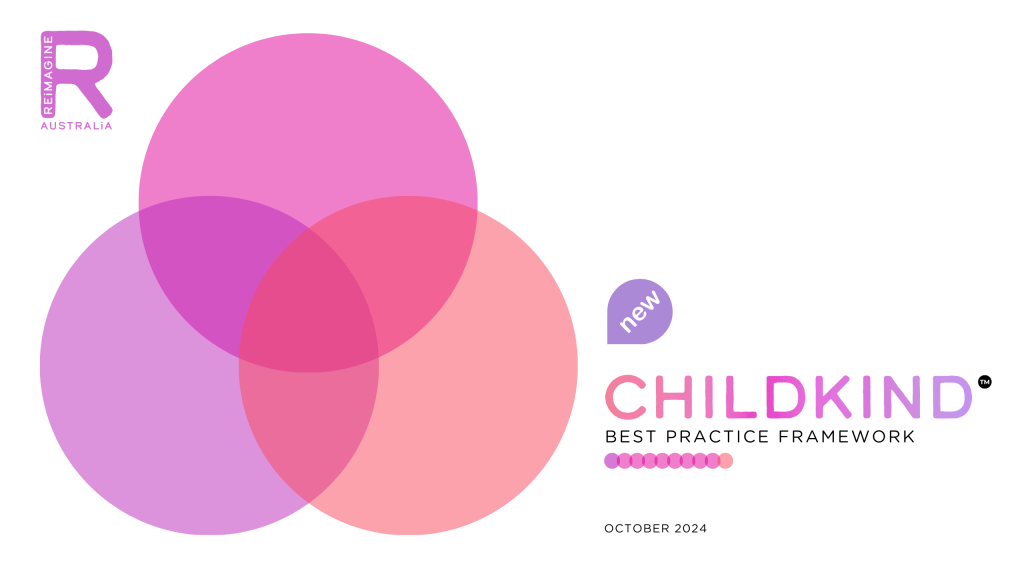CHILDKIND VALUE AND BEHAVIOUR 5
“I will show grace by acknowledging and valuing the strengths and areas for improvement in myself and others.”
Choosing humility involves recognising and valuing the strengths and areas for improvement in oneself and others. For early childhood practitioners, humility means being open to feedback, learning from mistakes, and acknowledging that every child and family has unique strengths. By practicing humility, practitioners create a collaborative and respectful environment where children and families feel empowered to contribute their own knowledge and experiences. Humility also fosters trust and respect between practitioners and families, which is essential for building strong partnerships. In a setting where children with disabilities or developmental delays are supported, humility helps practitioners remain open to learning new approaches and continually improving their practice.
Humility is a key component of reflective practice and continuous improvement. Australian research by Gonski (2019) highlights how practitioners who adopt a humble mindset are more likely to engage in ongoing learning and professional development, ultimately leading to better outcomes for the children in their care. Humility encourages practitioners to view families as equal partners in the child’s development, creating a space for collaborative decision-making. Additionally, research by Collins (2017) shows that humility is essential in fostering respectful and empowering relationships with children and families, particularly when working with those from diverse cultural or developmental backgrounds. The Reimagine Australia Code of Ethics emphasises humility in Principle 1.5, which calls for practitioners to recognise and value the strengths and perspectives of both children and their families.
BEST PRACTICE PRINCIPLES, CHILDKIND WAYS OF WORKING AND KEY COMPETENCIES
This value or behaviour supports the Best Practices below:
This value or behaviour supports the Ways of Working below:
The value or behaviour suports the Key Competencies below:
Reflection questions are a valuable tool for practitioners, promoting self-awareness, critical thinking, continuous improvement, and stronger relationships in their work with children and families:
How do I model humility in my interactions with colleagues, children, and families?
In what ways can I improve by asking for feedback from families or colleagues?
How do I acknowledge and learn from my mistakes in a way that strengthens my practice?
Humility is not thinking less of yourself; it’s thinking of yourself less.
C.S. Lewis
Access more information on the ChildKind Best Practice Framework with its 10 Ways of Working, 30 Key Competencies and 8 supporting Values and Behaviours here:
